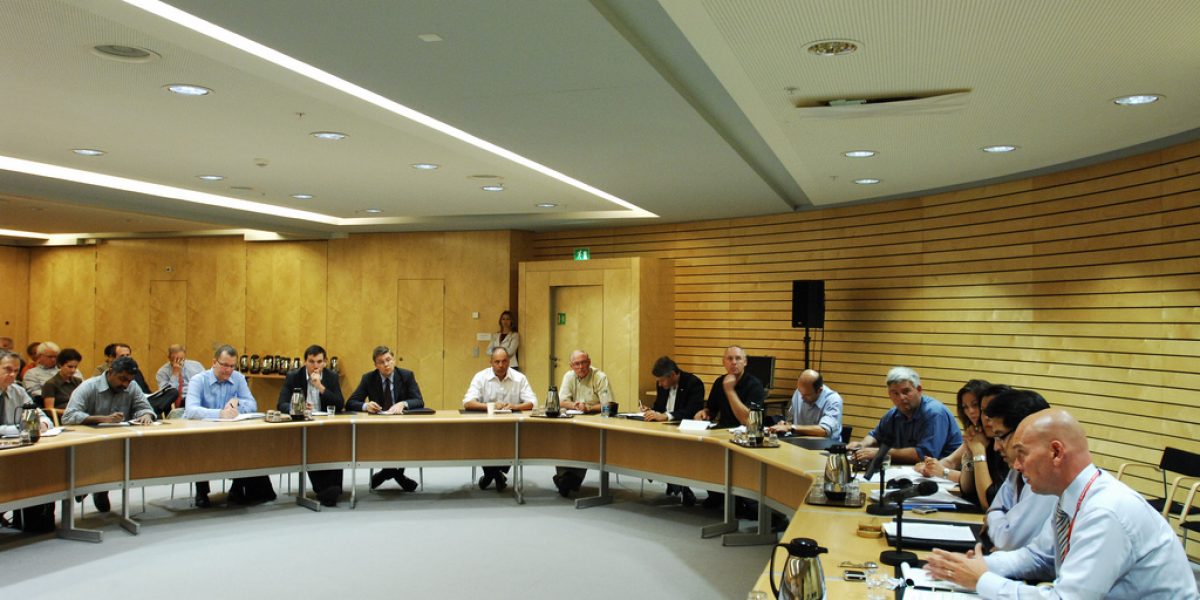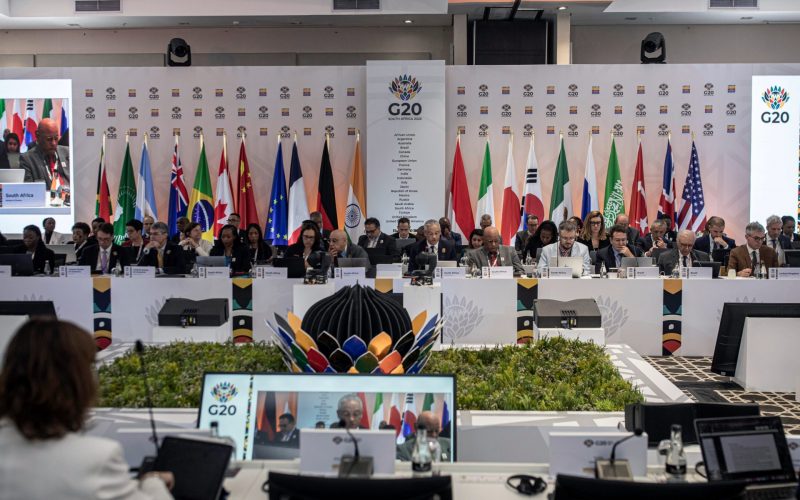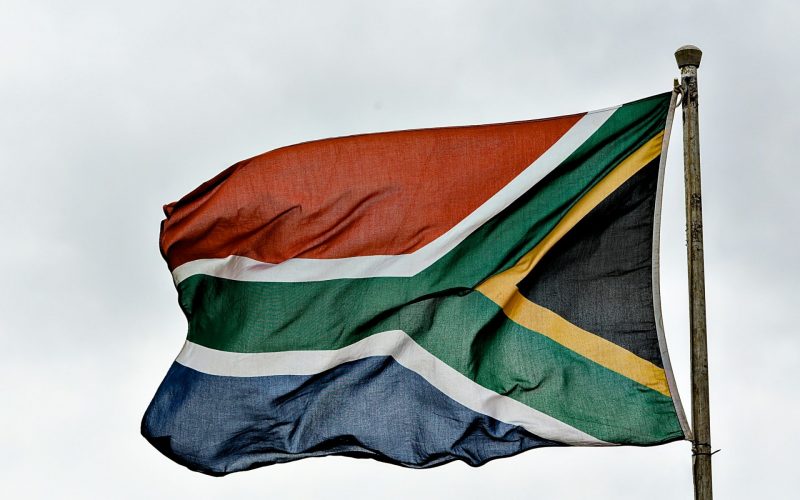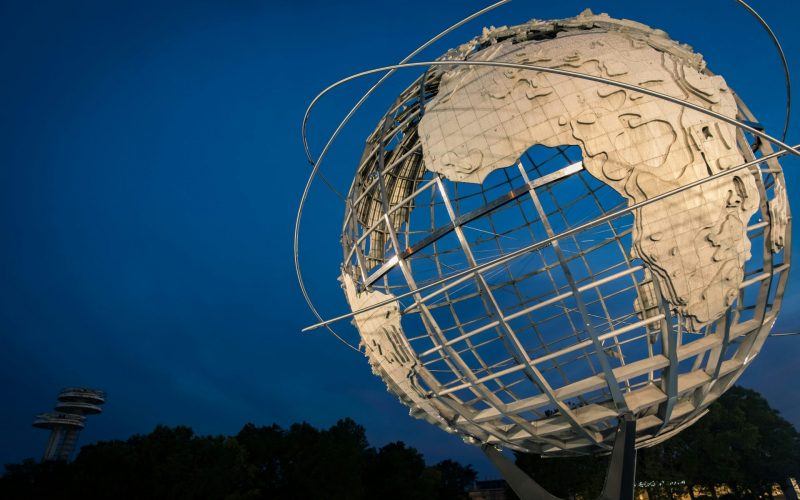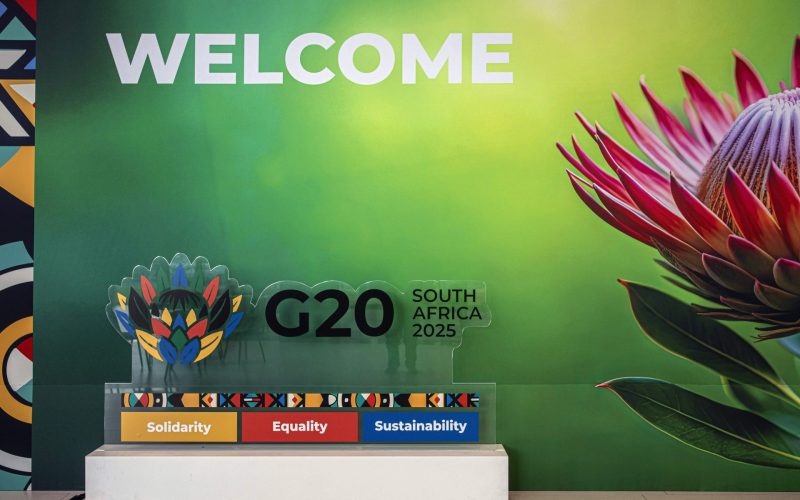Pascal Lamy, director-general of the World Trade Organisation (WTO) argues that, for an optimistic scenario to be realised a central “negotiating triangle” has to be resolved: the European Union must offer more generous tariffs on its agricultural imports; the US has to offer tighter disciplines on its trade-distorting agricultural subsidies; and big emerging markets (the Group of 20, including SA), have to offer more generous access to their industrial goods markets. The poorest countries will be bought off by a dubious aid-for-trade bargains and wholesale exemptions from the final package.
All these players have serious domestic political constraints. Consequently, in an intoxicating mercantilist game of high-stakes poker, each side wants the other to move first. Ultimately, all will have to move simultaneously, hence in theory the end game could unfold rapidly.
The nonagricultural market access (Nama) negotiations cover manufacturing, fuels and mining, fish and fish products, and forestry. The key objective is to reduce or eliminate tariffs, including tariff peaks, high tariffs, tariff escalation and nontariff barriers. This will be done through formula-driven tariff reductions that will harmonise tariff rates, ie reduce high tariffs by more than low tariffs.
This approach provides transparency (every member will know how the other will reduce its tariffs and over how long a period); efficiency (simpler process than a request/offer approach); equity (tariff reduction depends on rules rather than bargaining power); and predictability (easy to foresee the results of the negotiations).
Negotiations are now centred on the coefficients in the formula that determine the percentage cut to be applied. WTO members agree that two separate coefficients should be applied, to developed and developing countries respectively, and on the need for developing countries to enjoy exemptions and/or longer phase-in periods.
A crucial feature of the formula most likely to be applied (the so-called Swiss formula) is that the final coefficient represents the maximum level at which any tariff line may be bound after the phase-in period is complete.
So, if the coefficient for developing countries is 25, this means the highest allowable tariff rates will be 25%, although this does not imply that the average tariff will also be 25%.
Tariff cuts will be applied to bound tariffs and across the entire tariff regime. Those countries that have significant gaps between bound and applied rates may not experience actual tariff reductions. Those that do not will see actual reductions.
For developing countries the extent of reductions in applied tariffs will be subject to the amount of “flexibility” accorded to them — between 5% and 10% of tariff lines may be exempted from full formula reductions.
So much for the technical issues. What are practical implications?
First, by now it should be clear that substantial reductions of applied tariffs are on the cards should the Doha round conclude successfully. It means increased direct competition in sectors without much “water in the tariff“, but particularly those not accorded flexibilities. In SA, this is largely concentrated in the automotive, clothing and textiles, footwear, and fishery sectors.
As a protagonist of managed trade liberalisation, I am in favour of this outcome. But producers and workers in these sectors will be affected and should be planning actively to manage the consequences.
Second, an important lesson to draw from this potential outcome is that unilateral reform of our tariff regime needs to be one step ahead of WTO processes.
Third, companies that import intermediate goods for manufacture, assembly and re-export purposes may experience reduced input costs.
This would boost competitiveness and underpin exports.
Fourth, a range of export opportunities should open up, mainly in developed markets and big emerging developing countries.
Exporters should keep a careful eye on competitors elsewhere who do not enjoy such preferential access but may be accorded better access through the Nama process known as preference erosion.
For all these reasons, companies should be keeping a careful eye on the Geneva process now. While that process can seem remote, the strategic implications of a potentially rapid resolution to the round should be factored into medium-term planning now, before it is too late.

